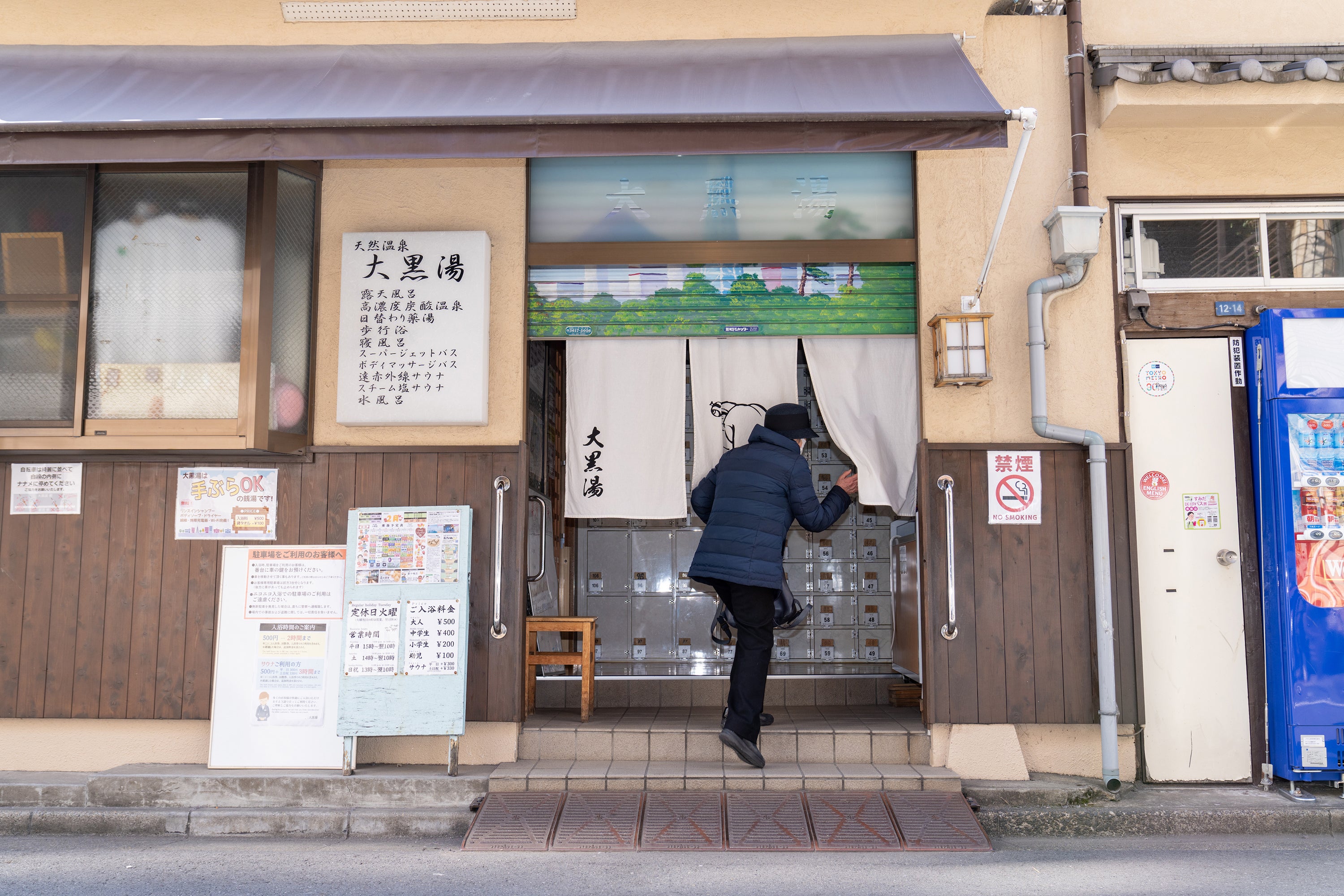Bubble trouble: how Covid and heating costs are killing bathhouses in Japan and Korea
These traditional establishments were already in decline before being hit by recent events, find Julia Mio Inuma and Min Joo Kim. They speak to owners trying to keep a centuries-old practice alive

For almost 75 years, Tokyo’s Daikokuyu has been a community establishment where locals strip off, wash away the dirt and grime of everyday life, and then have a long soak together in big overflowing tubs. Generations of Japanese people frequented their neighborhood bathhouses, sweating shoulder to shoulder in spirit of a tradition called hadaka no tsukiai, or “naked communion”.
After it colonised Korea at the beginning of the 20th century, Japan revived historical bathhouse culture on the peninsula, where the winter climate is much harsher.
The cleansing, warming communion quickly became a part of post-colonial Korean life too.
Subscribe to Independent Premium to bookmark this article
Want to bookmark your favourite articles and stories to read or reference later? Start your Independent Premium subscription today.
Join our commenting forum
Join thought-provoking conversations, follow other Independent readers and see their replies